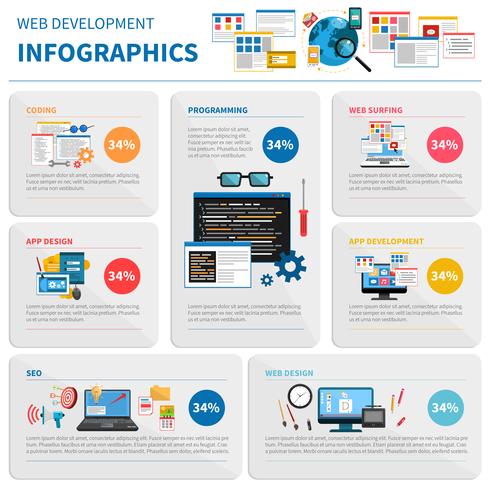Eager To Find Exactly How Site Style Has Transformed Gradually? Dive Into The Evolution From Simpleness To User-Focused Experiences
Eager To Find Exactly How Site Style Has Transformed Gradually? Dive Into The Evolution From Simpleness To User-Focused Experiences
Blog Article
Content Written By-Kahn Hyldgaard
In the past, websites were simple and concentrated on info. Navigation was straight, and style was for desktop computers. Currently, customer experience is crucial. Information guides styles for simple navigation. Receptive designs match different tools. https://www.cmswire.com/digital-marketing/whats-the-best-b2b-social-media-marketing-strategy-for-your-brand/ , dark mode minimizes pressure, and minimal menus boost navigating. Interactive attributes engage customers, and bold visuals attract attention. AI combination improves interaction. See exactly how design has evolved to improve your on-line journey.
Very Early Days of Web Design
In the early days of website design, simpleness reigned supreme. Sites were fundamental, with restricted shades, font styles, and formats. The emphasis was on offering info rather than flashy visuals. Users accessed the net via slow dial-up connections, so rate and performance were key.
Navigating menus were straightforward, normally situated at the top or side of the page. Internet sites were made for computer, as mobile browsing wasn't yet common. Web content was king, and developers prioritized easy readability over complex style elements.
HTML was the key coding language used, and developers had to work within its restrictions. Computer animations and interactive functions were very little compared to today's requirements. Sites were fixed, with little vibrant content or customized customer experiences.
Surge of User-Focused Design
With the evolution of site style, a change in the direction of user-focused style principles has actually become progressively noticeable. Today, producing websites that prioritize customer experience is critical for engaging visitors and attaining company goals. User-focused design includes recognizing the needs, preferences, and habits of your target audience to customize the site's format, web content, and includes as necessary.
Developers now carry out thorough research study, such as customer surveys and functionality screening, to gather insights and responses straight from users. This data-driven technique assists in producing user-friendly navigating, clear calls-to-action, and visually appealing user interfaces that reverberate with site visitors. By putting the user at the center of the style procedure, internet sites can provide a much more tailored and enjoyable experience.
Responsive layout has actually additionally emerged as a key element of user-focused design, guaranteeing that websites are enhanced for numerous gadgets and screen dimensions. This adaptability boosts access and usability, satisfying the diverse means users interact with websites today. In essence, the rise of user-focused style indicates a change in the direction of developing electronic experiences that focus on the needs and assumptions of completion customer.
Modern Trends in Website Design
Discover the most up to date fads shaping web design today. One prominent pattern is dark mode style, supplying a smooth and contemporary appearance while decreasing eye stress in low-light settings. An additional crucial pattern is minimalist navigating, simplifying menus and enhancing customer experience by concentrating on essential elements. Integrating micro-interactions, such as computer animated buttons or scrolling impacts, can develop a much more interesting and interactive internet site. Receptive design stays vital, making certain seamless customer experiences throughout various gadgets. In addition, using bold typography and asymmetrical designs can add visual rate of interest and accentuate specific content.
Integrating AI modern technology, like chatbots for consumer assistance or tailored recommendations, improves customer engagement and streamlines procedures. Access has additionally come to be a considerable trend, with designers focusing on inclusive design techniques to satisfy diverse individual demands. just click the up coming web site by maximizing website efficiency for rate and effectiveness is one more emerging fad in website design. Working together with customer comments and information analytics to repeat and enhance layout constantly is important for remaining appropriate in the ever-evolving digital landscape. By accepting these modern patterns, you can create a visually appealing, user-friendly internet site that reverberates with your target market.
Final thought
As you review the development of website design from the early days to now, you can see exactly how user-focused layout has ended up being the driving pressure behind modern trends.
Welcome the trip of adjustment and adjustment in website design, constantly maintaining the user experience at the forefront.
Tippingpointdigital
Keep present with the most up to date trends and technologies, and never ever stop advancing your approach to create aesthetically spectacular and straightforward websites.
Evolve, adjust, and develop - the future of web design is in your hands.
